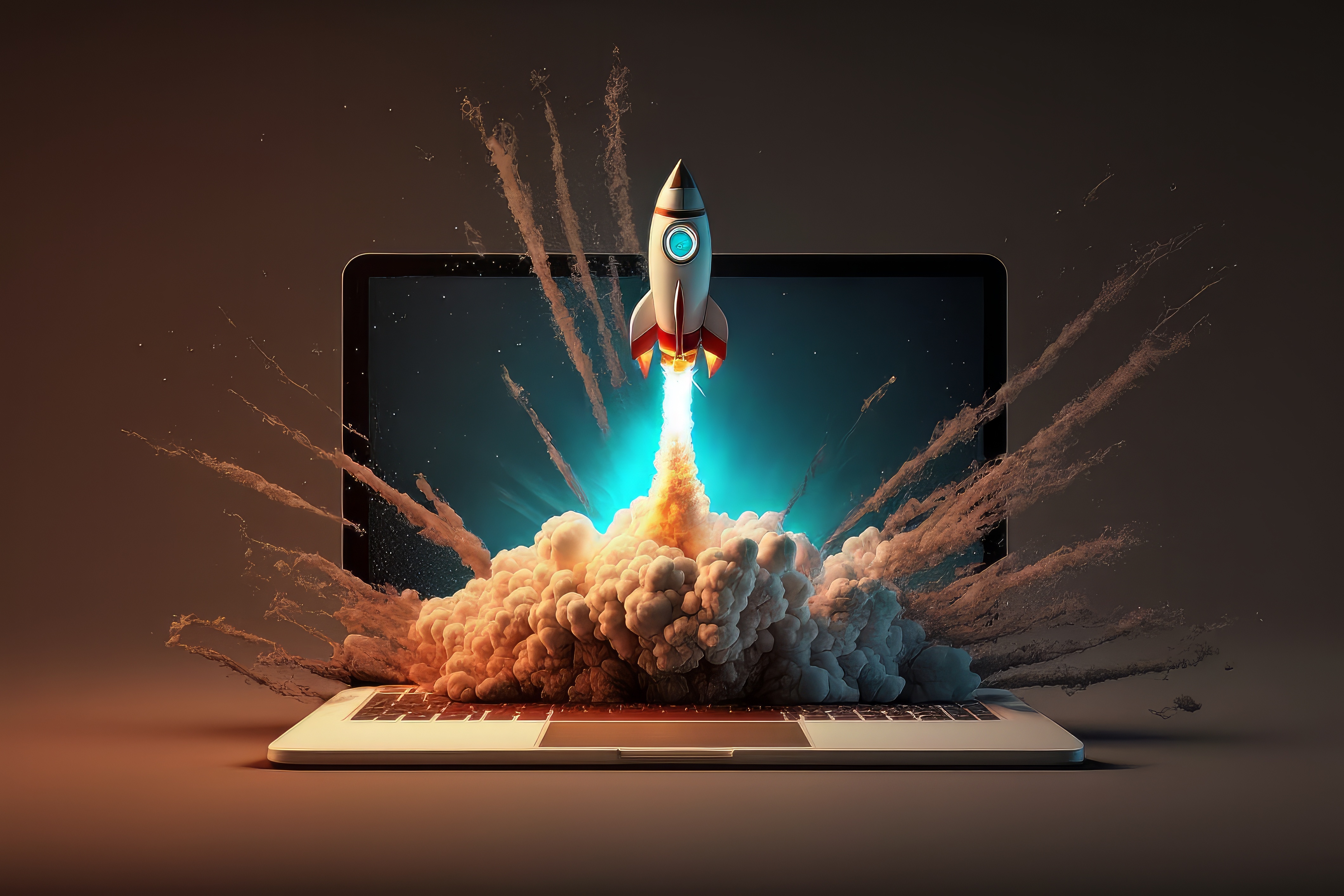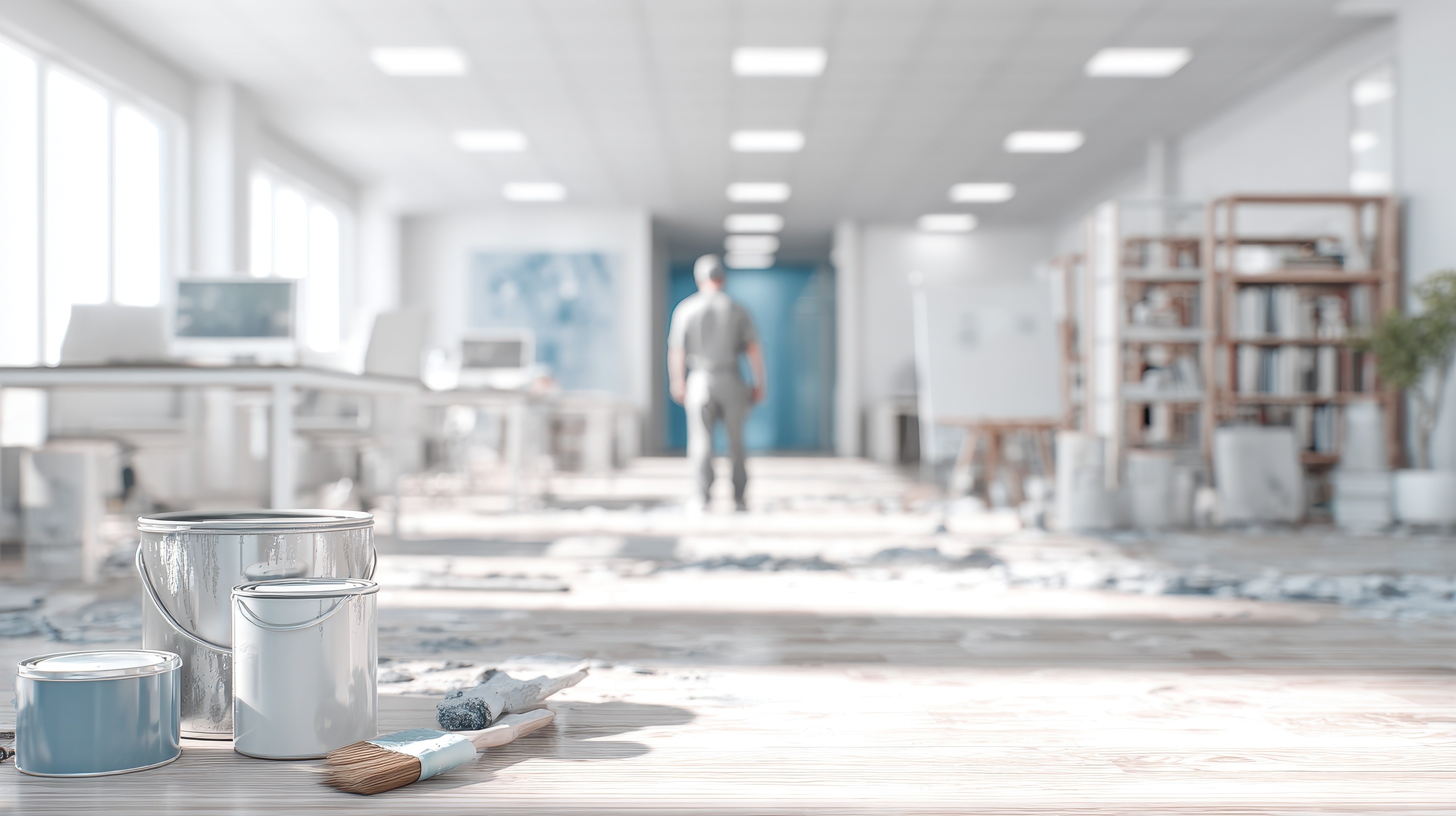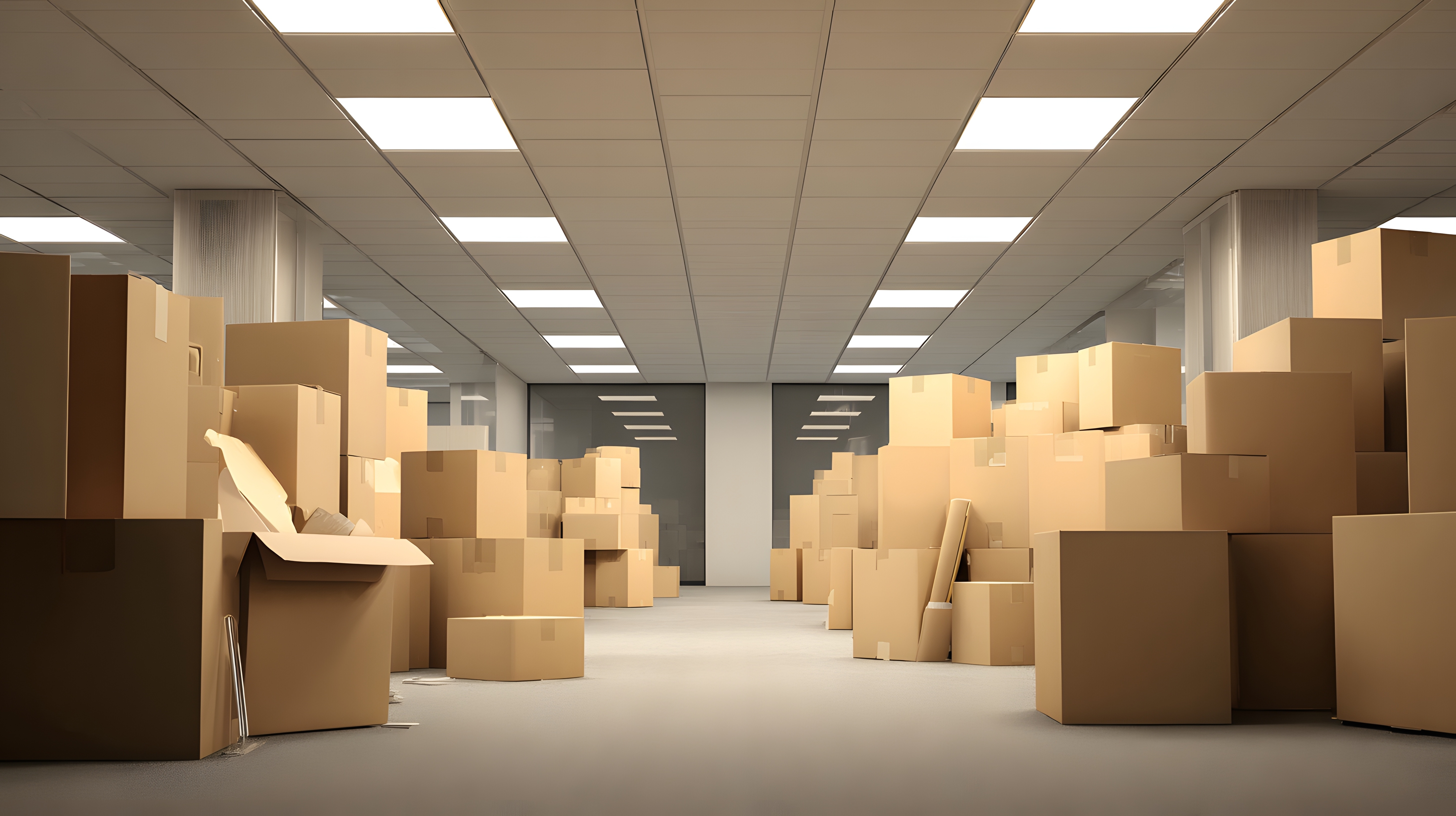The modern office is undergoing a significant transformation. No longer just a place to clock in and out, today's workspaces are designed to foster collaboration, boost productivity, and enhance employee well-being. From flexible layouts to state-of-the-art technology, innovations in office design are driven by the needs and preferences of tenants and occupiers of commercial spaces. Here, we explore how these innovations are reshaping the modern office landscape.
Flexibility is Key
In the wake of the COVID-19 pandemic, flexibility has become a non-negotiable aspect of office design. Tenants now prioritize spaces that can adapt to various needs, accommodating both collaborative work and focused individual tasks. Open-plan offices with movable partitions, modular furniture, and hot-desking options are increasingly popular. These features allow businesses to reconfigure their space as needed, whether for team meetings, brainstorming sessions, or quiet work.
For occupiers, this flexibility means they can optimize their workspace to suit their unique workflows and culture. It also allows them to scale up or down more efficiently, an essential feature in today's dynamic business environment.
Embracing Technology
Technology integration is another cornerstone of modern office innovation. From high-speed internet and cloud computing to smart office systems and IoT devices, technology enhances productivity and connectivity. Occupiers benefit from tools that streamline operations, such as automated lighting and climate control systems that create comfortable working environments while reducing energy consumption.
Video conferencing facilities and collaborative software platforms have become indispensable, enabling seamless communication and collaboration among remote and on-site team members. These technologies ensure that the modern office remains a hub of productivity, regardless of where employees are located.
Health and Well-being
The health and well-being of employees have taken center stage in office design. Tenants are now seeking spaces that promote physical and mental well-being. Features such as ample natural light, indoor greenery, and ergonomic furniture contribute to a healthier work environment.
Additionally, wellness amenities like fitness centers, meditation rooms, and outdoor spaces are becoming standard in many office buildings. For occupiers, these elements are not just perks but essential components of a holistic workplace strategy aimed at attracting and retaining top talent.
Community and Collaboration
Modern offices are designed to foster a sense of community and collaboration. Shared spaces such as lounges, cafes, and collaborative zones encourage interaction and networking among employees. These areas are crucial for building a strong organizational culture and fostering innovation.
For tenants, a collaborative environment means more opportunities for creative problem-solving and knowledge sharing. Occupiers appreciate the ability to easily connect with colleagues, whether through formal meetings or casual encounters in communal areas.
Looking Ahead
The future of the modern office lies in its ability to continuously adapt to the evolving needs of tenants and occupiers. As businesses navigate changes in work patterns and employee expectations, office spaces must remain flexible, tech-savvy, health-oriented, and community-focused.
Innovations in office design are not just about keeping up with trends but about creating environments where businesses and their employees can thrive. By prioritizing the needs and preferences of tenants and occupiers, the commercial real estate industry can play a pivotal role in shaping the future of work.
In conclusion, the modern office is a dynamic, multifaceted space designed to enhance flexibility, productivity, and well-being. From flexible layouts to advanced technologies, these innovations are transforming how tenants and occupiers experience their work environment, ultimately driving business success and employee satisfaction.






